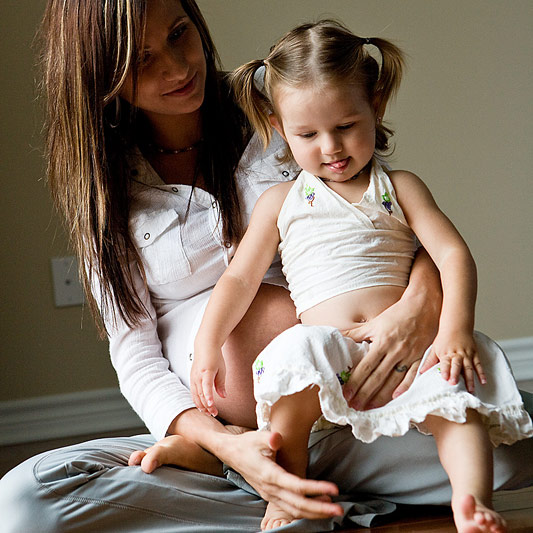

Poverty is a better predictor of childhood obesity than race, new research suggests.
A statistical model, based on information from more than 110,000 Massachusetts students, found that as children’s family income dropped, rates of childhood obesity went up.
The researchers suspect that fewer parks, recreational programs and full service grocery stores among the poor may lead kids to eat more fast food and get little or no exercise.
“The findings reveal differences in the inequalities in the physical and social environment in which children are raised,” study senior author Dr. Kim Eagle, director at the University of Michigan Frankel Cardiovascular Center, said in a hospital news release.
“It illustrates that race and ethnicity in communities may not have a significant connection to obesity status once the community’s income is considered,” Eagle said.
Although the study found a link between poverty and childhood obesity, it didn’t prove a cause-and-effect relationship. The study was published Jan. 7 in the journal Childhood Obesity.
Obesity rates in the United States have climbed steadily over the past few decades. Right now, more than 18 percent of kids between the ages of 12 and 19 are overweight or obese, the researchers said.
Children who are obese often remain overweight into adulthood. In fact, the researchers noted that there is a 70 percent chance that an overweight teen will remain obese as an adult, increasing their risk for heart disease and diabetes.
The study authors tracked the percentage of students in 68 public school districts who were overweight or obese. They compared that information with the percentage of students in each school district eligible for assistance, such as free or reduced price lunch, transitional aid or food stamps.
The study showed obesity rates were higher among black and Hispanic children. But, this association disappeared once the researchers considered the students’ family income, the study authors said.
For every 1 percent increase in low income status among the school districts examined, there was slightly more than a 1 percent increase in rates of overweight or obese students, the study found. This suggests low-income children and teens are more likely to be obese than their peers with higher family incomes, the researchers said.
“The battle to curb childhood obesity is critically tied to understanding its causes and focusing on the modifiable factors that can lead to positive health changes for each and every child,” Eagle said.
More information
The U.S. Centers for Disease Control and Prevention provides more information on childhood obesity.
Source: HealthDay
Copyright © 2024 HealthDay. All rights reserved.

Leave a Reply